What is Back Of House ?
Back of House (BOH) is a restaurant term for the part of the restaurant that is not seen by the customers. The Back of House staff is not typically seen by the customers, but they are the critical support that makes the restaurant run. Many people think that the kitchen is the Back of House. But the kitchen is in the Front of House.
All Things About Back of House
What Does Back of House Mean?
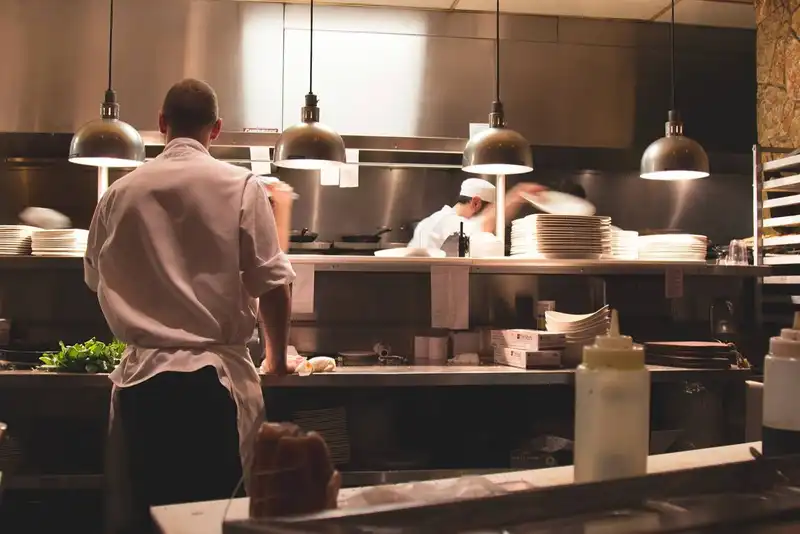
The back of the house (BOH) of a restaurant is where food is stored, cooked, and plated. Guests don't see the behind scenes activities that take place in the back of house.
Back of house staff must adhere to uniform and safety standards. Also located in the house back are the managers office and employee break rooms.
Back of House Terms
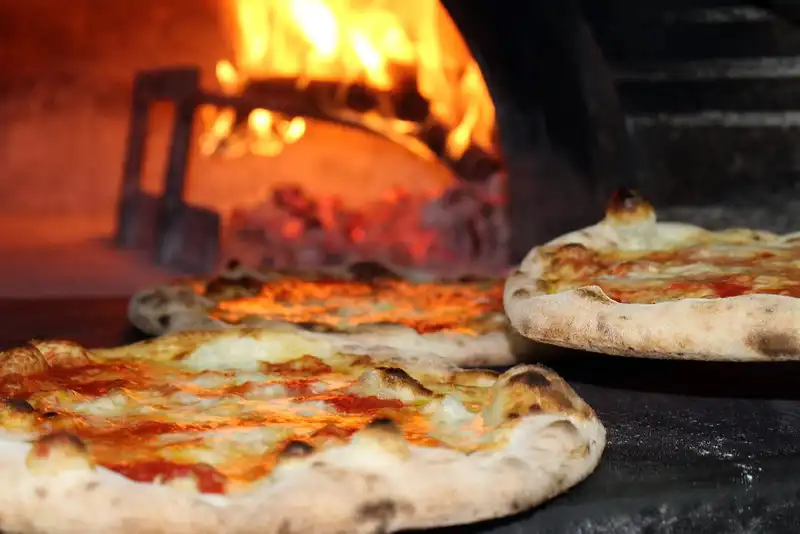
Restaurant employees use terminology to communicate. Theses common terms can be heard throughout the back of house-
- 86 - A dish is 86'd from the menu when the ingredients needed to make it are no longer available. When items are 86'd the kitchen staff will tell the service staff immediately.
- In the Weeds - Refers to being extremely busy and having difficulty keeping up with demand. The kitchen staff and the servers will say they're "in the weeds" to let other know of their struggle and to help out where possible.
- On the Fly - If an order needs to be cooked last minute its considered "on the fly" as opposed to something previously prepped. Regardless of the reason, on the fly orders are cooked swiftly to appease guests.
- Behind - The back of house is a very busy place with hot surfaces and food being moved around. When navigating the kitchen it is customary to call "behind" when stepping behind another person. This is especially important when food is being handled.
- Window - The window is where cooked food goes after it's plated. The area has warming lamps to keep the food at temperature until the server picks up. If the food is left too long, it can become dried out and unappetizing.
Back of House Positions
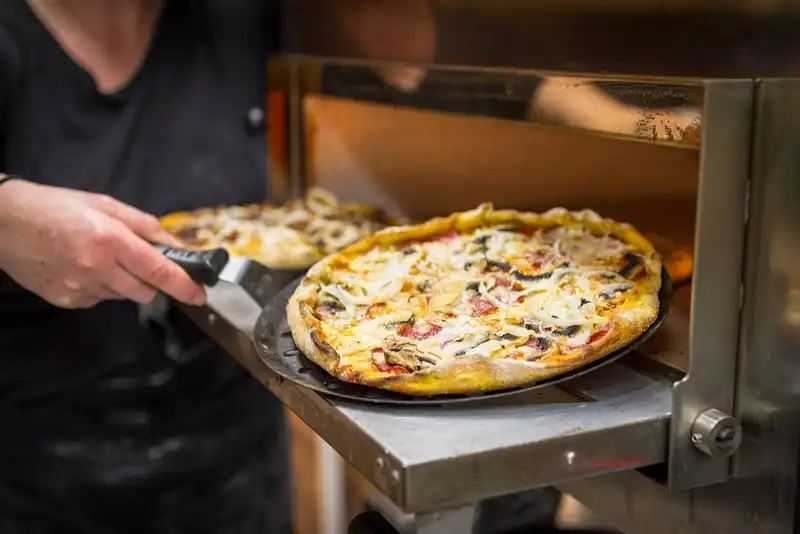
Employees in the back of house staff fill one of these positions-
- Kitchen Manager - Responsibilities include managing the kitchen staff and ensuring safety protocols are followed. The kitchen manager may also hire new back of house staff and sometimes assists in the kitchen when needed.
- Executive Chef/Head Chef - Other than the kitchen manager, the head chef is the senior staff member. They are responsible for supervising the rest of the back of house staff, creating the menus, and handling food order costs.
- Sous Chef - A sous chef works directly under the head chef as their second. They will help out with supervising the kitchen staff and any other duties the head chef needs done. When the head chef is out, the sous chef takes over leadership.
- Line Cook - Line cooks work different positions in the kitchen. They are separated out by the type of cooking style. For example fry cooks and pastry chefs are two very different types of line cook.
- Dishwasher - Dishwashers will take responsibility for cleaning all dishes, dining utensils, and glasses in a timely manner. They are also responsible for cleaning the cookware like pots and pans that the kitchen staff used.
Importance of Back of House
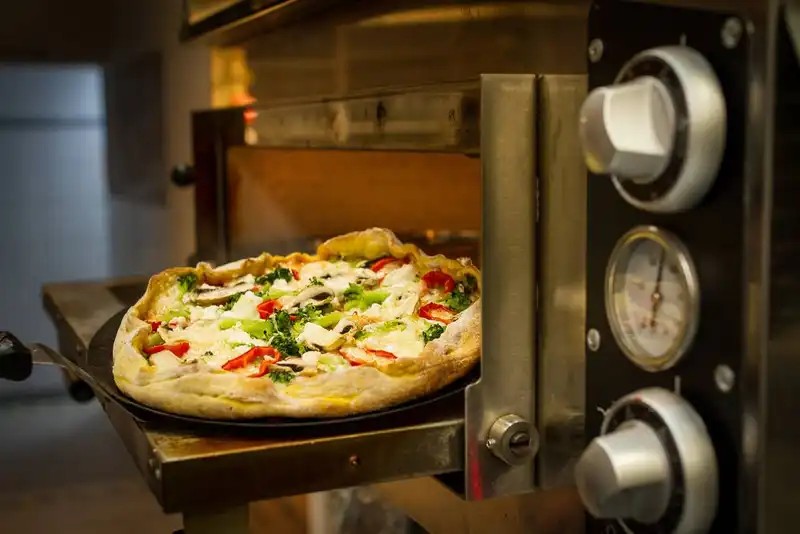
The staff working behind-the-scenes at a restaurant are as important to the guest experience as the dining room staff, though they are often overlooked. When a restaurant has an open kitchen concept it's easier to see all involved from order to plating.
However, whether the food preparation is displayed or not, it doesn't diminish the importance of the back of house. The job duties including balancing portions for plating, ensuring meals are cooked to specification including any guest requests, and decorating the plates in a manner which is pleasing to the eye and the taste buds.
Add to all that many other duties that come with cooking, dishing, storing and sanitizing within the kitchen. Having a strong ability to multi-task becomes necessary to prioritize production. All of this leads to the hospitality needed to make a dining experience enjoyable.
Difference Between Front of House and Back of House
Front of the house (FOH) and back of house (BOH) are used in every restaurant. They are both pertinent to success in the food industry, but they each work very differently.
Front of the house is where the most interaction with the guest's takes place. It includes the host stand, waiting area, dining room and of course, the servers who take the orders.
Back of the house is where the food is prepared, cooked, and stored. Almost everything that involves making the meal for the guest happens in the back of house.
Linking the FOH and the BOH together are food runners, bussers, and even management who oversee all restaurant operations.
How to Manage Back of House
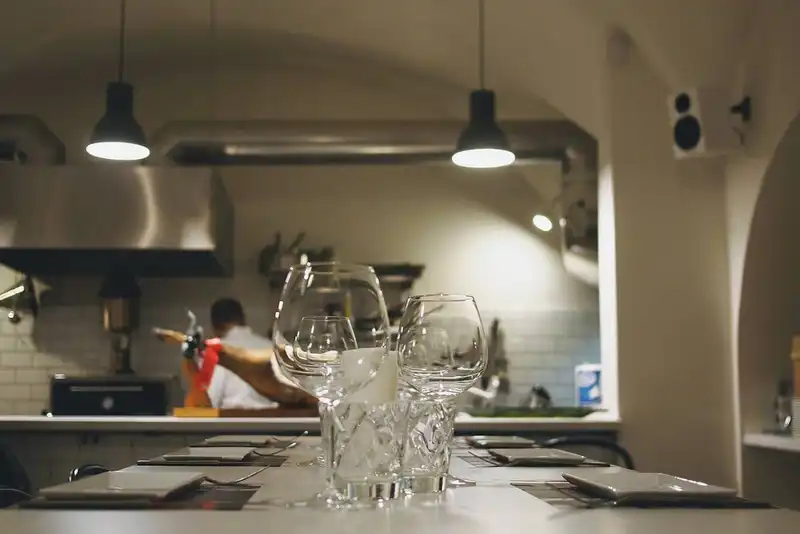
A restaurant manager must lead by example. This means managing both front of house and back of house equally. The end result is always to provide a positive dining experience for the guests which ultimately leads to increased profits.
An inventory management system is the first step in keeping ingredients stocked for the kitchen staff. It will also cut down on food waste during production and in further purchases.
Make sure the kitchen is set up for functionality and efficiency. It should be well-organized with prep stations sorted for meats and vegetables to avoid cross contamination. It also makes sense to have items set up next to the line cook or chefs within easy reach. Above all, the kitchen needs to remain clean.
A final note when managing back of house is to keep a clear line of communication running with the dining room staff to avoid confusion.
Technology Used in Back of House
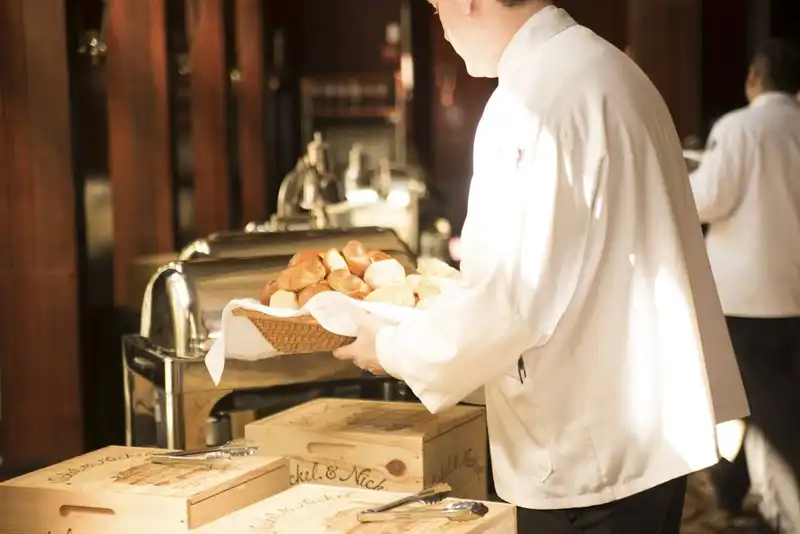
Technology plays a big part in today's restaurants. New and innovative tech is coming out every year to improve working conditions and dining experiences. The technology enhancing back of house operations for the restaurant industry includes-
1. Digital inventory applications
Accurate inventory levels are important to the profit margin. Having a digital application doing a proper count of products will provide a more accurate number than a hand-count. Apps and hand-held devices can easily scan bar codes that sends data right back to the main inventory software. Voice-activated apps are also on the rise.
2. Digitized food temperature measurements
Proper food temperature is imperative to a kitchen as any food spoilage could result in foodborne illnesses. Analog food thermometers have been replaced by digital thermometers that are safer and more accurate. A chef can use their mobile device and pair it with a digital food temperature reader to get automatic alerts on foods.
3. Automated task management
Multi-tasking is a big part of the kitchen staff job duties. Mistakes could come with large consequences no matter how small. Keeping tasks tracked through automated task management tools cuts down on mistakes. Responsibilities of each worker are logged and tracked more accurately than paper checklists. As a bonus, an automated task list can be used for health inspections as well.
4. Computerized food recall management
FDA food recall alerts sometimes don't reach restaurants in time. This can cause customer illness if the food has already gone out. Restaurant owners now have access to food recall notices in a timely manner. Computerized food recall solutions send notices and explain protocols when food needs to be recalled.
Conclusion to Back of House

- Understanding the job duties, terminology, and layout used in the back of house will enhance any commercial kitchen.
- The back of house, also called BOH, refers to the behind-the-scenes portion of a restaurant that isn't observed by guests.
- A BOH includes the kitchen, storage rooms, employee break rooms and manager's office.
